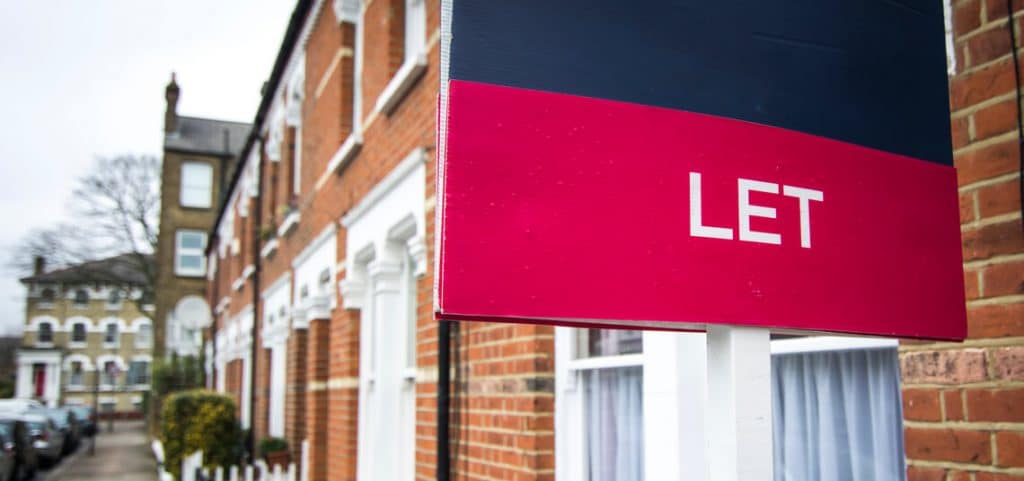You will need a mortgage in principle before you can get a mortgage. It’s one of the most important parts of the lending process and sets you on your journey to buying a new property. But what is a mortgage in principle, and how does it work? We’ve put this handy guide together to help you better understand everything about a mortgage in principle.
What is a mortgage in principle?
If you need a mortgage to purchase your house, then you’ll require a mortgage in principle first. It gives you an indication of how much you could borrow with the lenders and whether or not you meet the standard eligibility requirements.
What’s the difference between an AIP, DIP and MIP?
You may have seen other acronyms, such as AIP (agreement in principle) and DIP (decision in principle) when browsing for a mortgage. If you have, don’t worry – they all mean the same thing.
Lenders use different terminology, which can be a bit confusing for you. But rest assured, if you’re looking at mortgage options and see AIP, DIP or MIP, they all reference how much you might be able to borrow from the lender.
Who needs a MIP?
The short answer is anyone who needs a mortgage. A lender needs to know if you meet their initial eligibility requirements and how much you could potentially borrow. Therefore, an agreement in principle is required to assess whether you can get the mortgage you need.
How to get a mortgage in principle
While we can’t speak for everyone, a MIP usually requires you to answer a couple of quick questions before providing a range for what you can borrow. That’s how it works at Molo, anyway.

You’ll need to answer a few general questions like whether you’re a current resident of the UK and your current income before tax. Once you’ve filled in those details, you’ll get an instant decision saying how much you can borrow.
You can also use our Molo mortgage calculator to give you a better idea of what you might be able to borrow before the MIP confirmed your eligibility.
Online mortgage in principle
The majority of MIP decisions take place online, unless you’re using a broker. In that case, they will enter your details into their computer and do it on your behalf from the information you provide.
At Molo, not only can you get your MIP online – you can do the entire mortgage application process online without having to fill out any copious paperwork.
How reliable is an agreement in principle?
It’s important to remember that a mortgage in principle only gives you an indication of what you might be able to borrow – it’s not definitive, and the amount could change once the extensive application is completed.
What happens after?
If you qualify for a decision in principle (good times), then you’ll be asked to complete a full application for the mortgage.
Will a MIP affect my credit score?
Fortunately, finding out if you qualify for a MIP won’t affect your credit score. As it’s just an estimation, there’s no commitment. The lender won’t need all of your details – such as a credit report – to give you a ballpark figure for what you could borrow.
Once you undertake a full application, the lender will perform a hard search on your credit report, which will stay there for a few months. During this time, you want to avoid applying for lots of different lines of credit. Too many applications will impact your score negatively.
Am I obliged to do a full application after a mortgage in principle?
Getting an agreement in principle or MIP is the first step towards a mortgage, but you’re not obliged to complete the full application after you’ve received your MIP. You might just be curious about how much you can borrow, or perhaps you’re checking several lenders to see who offers what.
That’s fine, and you can shop around or just enquire. But the only way to find out how much you can actually borrow requires you to go through the full application process. And if you do that with Molo, the good news is that it’s all online and a super-fast process.
Getting your principles right
An agreement in principle or MIP is necessary for you to get a mortgage, and it gives you an indication of how much you can borrow from the lender. However, it’s only the very first stage of a mortgage, and you’ll need to do a complete application to get what you need before purchasing your next property.



